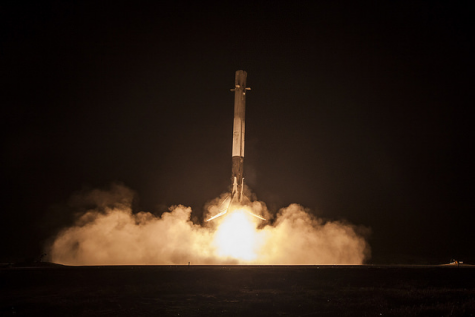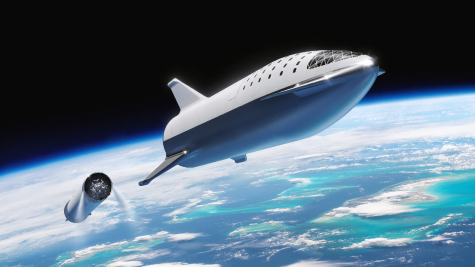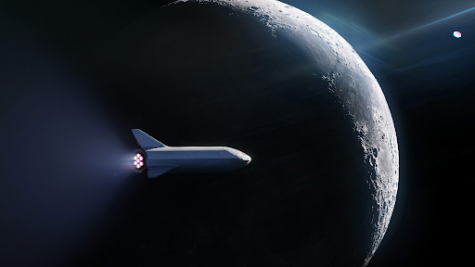Blasting Off Into the Future

SpaceX is an aerospace company based in Hawthorne, California. Founded in 2002 by Elon Musk, also the co-founder and CEO of Tesla, the company has achieved the unthinkable in recent years: they are the producers of the first orbital rockets able to perform reflight. This is an enormous breakthrough in aerospace sciences, for this technology provides a vast expanse of opportunities in many different areas of science and business. Billions of dollars will be saved, and rocket launches will now be exponentially more efficient.
The reusable rockets are not only being tested but are currently in use. NASA has partnered with SpaceX to use their boosters for various purposes. The purposes include launching satellites into orbit, supply missions to the International Space Station, and more. The company had launched several satellites into orbit including the most recent mission Spaceflight SSO-A: SmallSat Express. The purpose was to launch the satellite, carrying 64 payloads, into low earth orbit and was a success.
The second mentioned the purpose of the rockets is labeled as the Dragon resupply missions

by SpaceX. These missions send supplies to the International Space Station. The reusable rockets are very useful in this respect since they save billions of dollars. Each rocket costs a very significant amount of money to assemble and launch, so having rockets that are reusable eliminates a large portion of the cost. This ability also saves a considerable amount of time. Rockets are not simple, hence the phrase “it isn’t rocket science.” This complexity results in the requirement of precision and great care. While being precise is important, it is also tedious and time-consuming, but the time required to assemble the rockets is eliminated by the ability to reuse them. This saving of time and money results in a substantial increase of efficiency in the space program. More efficiency enables scientific progress to be advanced much more rapidly.
Along with the advancement of the reusable rocket boosters, SpaceX has accomplished much more on space science. Examples of these advancements include their research and progress toward manned missions to Mars and commercial space flights.

The goal of SpaceX is to send the first cargo mission to Mars in 2022. The objectives for the first mission will be to confirm water resources, identify hazards, and put in place first power, mining, and life support. A second mission, with both cargo and crew, is targeted for 2024, with objectives of building a propellant depot and preparing for future crew flights. The ships from these initial missions will also serve as the beginnings of the first Mars base, from which we can build a thriving city and eventually a self-sustaining civilization on Mars (spacex.com). The progress made toward this goal is substantial and will be a fantastic event to witness.
Additionally, the company has started selling commercial tickets for flights to the Moon. On September 17, 2018, SpaceX announced fashion innovator and globally recognized art curator Yusaku Maezawa would be the company’s first private passenger to fly around the Moon in 2023. This first private lunar passenger flight, featuring a fly-by of the Moon as part of a weeklong mission (spacex.com). The success of this mission will be monumental in human science and add yet another accomplishment to SpaceX’s incredible resume.

Andy is a junior from Marietta Georgia. He plans on being a veterinarian once he grows up. He also wants to live in a modern type of house. Unlike most...





